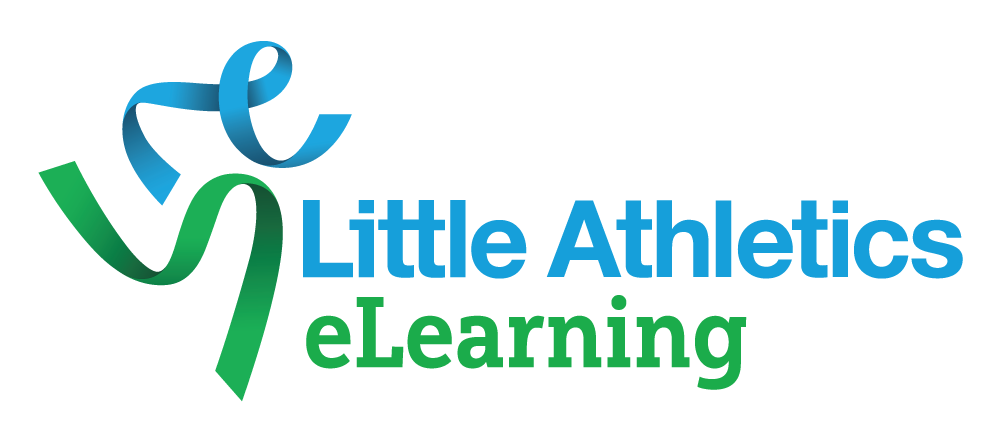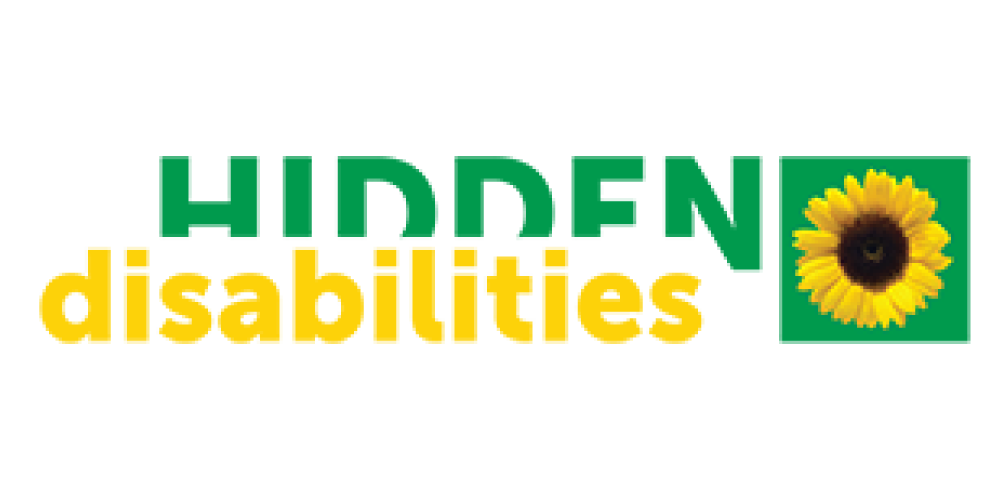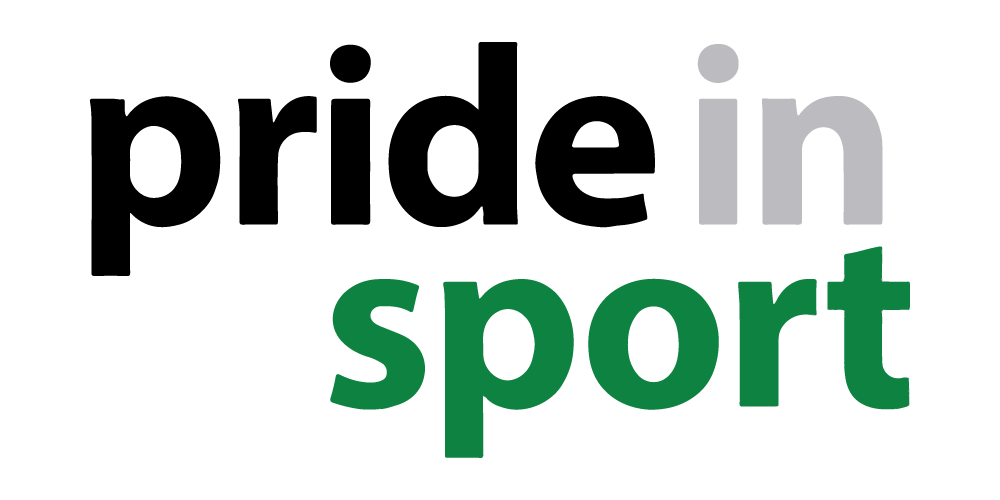Inclusion of LGBTQA+ Athletes and Families
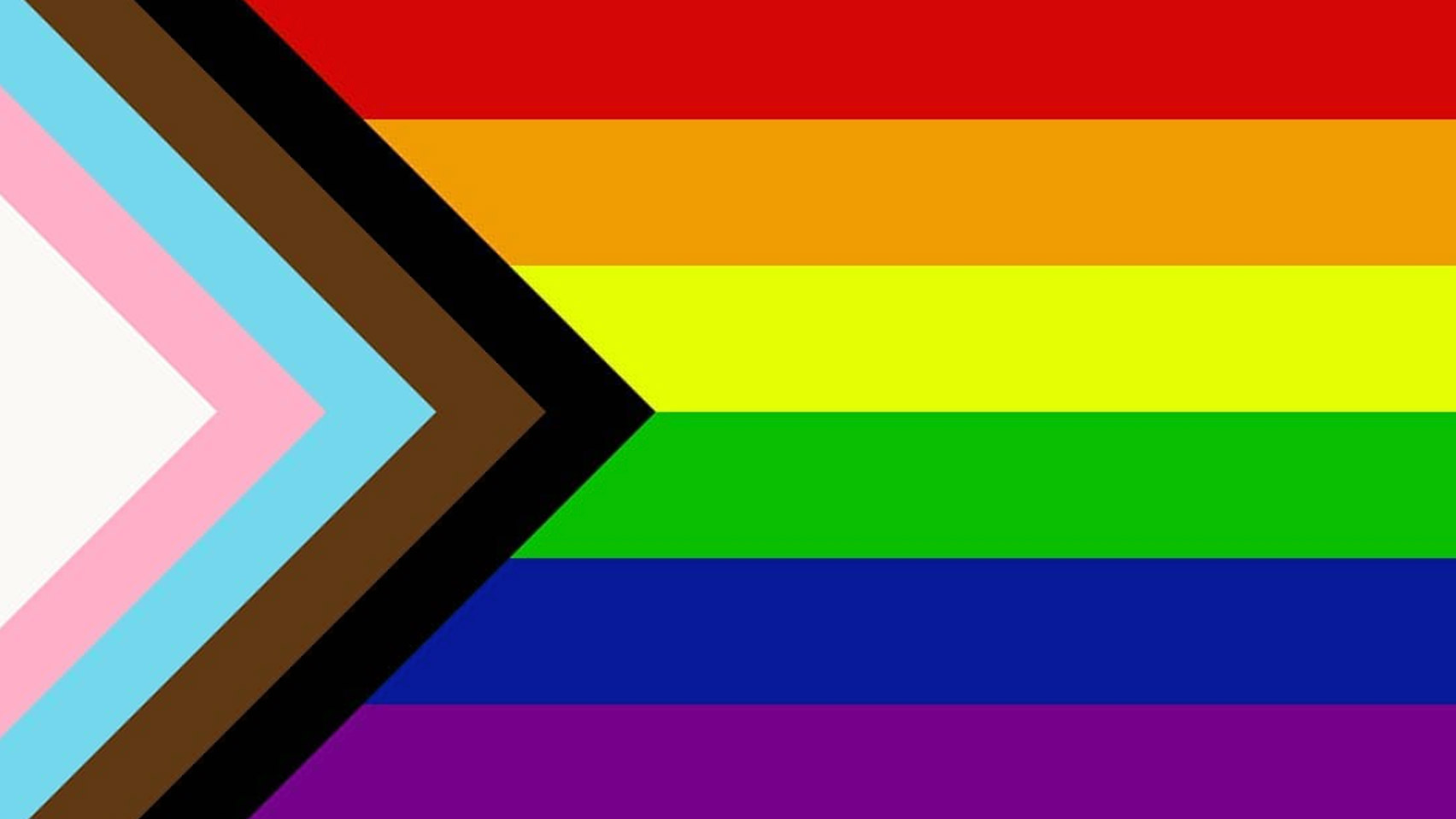
Quick Facts
- LGBTQ Australians make up approximately 11% of the population and represent a significant proportion of your local community.
- Many LGBTQ Australians don’t feel safe or supported in sport. This causes some athletes (or parents) to leave the sport prematurely. The Out on the Fields study* found that 73% of people believe it is not safe for LGB people to come out in youth sport environments.
- 80% of people have either witnessed or experienced homophobia in sport.
- 50% of male athletes have recently used a homophobic slur.
- If LGBTQ youth are the target of homophobic behaviour or are exposed to homophobic behaviour, they are significantly more likely to self harm.
- LBG youth are half as likely to participate in sport compared to heterosexual peers.
- LBG youth who participate in sports report better mental health.
What exactly is LGBTIQA+?
| L | Lesbian – a female who is primarily attracted to, emotionally and sexually to females |
| G | Gay – a male who is primarily attracted to, emotionally and sexually to males |
| B | Bisexual – a person who is romantically and sexually attracted to more than one gender |
| T | Transgender – is an umbrella term used to describe someone who does not identify as their assigned gender at birth |
| I | Intersex – Intersex people are born with physical, hormonal or genetic features that are neither wholly female, nor wholly male; or a combination of female and male. They have a difference of body. Little Athletics Australia has removed the use of the “I” from the acronym for athletes and in affirmation and support of the Darlington Statement For more information Intersex Human Rights Australia |
| Q | Queer and Questioning – Queer is a term reclaimed by the LGBTQA+ community to represent their wider community and identity. Queer is an umbrella term used to mean anyone who is same gender attracted or gender diverse. Questioning is a person who is currently exploring their own sexuality |
| A | Asexual – someone who shares no or limited sexual attraction to others, however may still engage with romantic interests |
| + | Non gender conforming – Non binary person who does not conform to the idea of gender being either male or female. Can also refer to pansexual who is someone who is attracted to all gender identities |
Inclusive practices to support LGBTIQA+ athletes and parents
Understand your members
- Don’t assume a person is heterosexual (including parents).
- If someone lets you know they are LGBTQ, ask what terms they use to describe themselves and use those terms.
Implement ways to prevent and respond to homophobia and transphobia
- Host a Pride Carnival or Day and provide education. Pride Days can change negative statistics and bring communities together to form a united bond in demonstrating acceptance and inclusion. Check out the resources from Pride Cup for support.
- Train Centre “leaders” at all levels of the organisation to recognise homophobic language and have strategies to remind others to stop homophobic language. A leader could be a committee member, volunteer, athlete who holds respect.
Cultivate a safe and welcoming culture
- Seek information to understand LGBTQ athletes needs.
- Use language that acknowledges the diversity of families. Use words like “partner” or “parents” to not assume the gender of the person.
- Avoid gendered language such as “hey guys” or “welcome ladies and gentlemen” when talking to a group of people as some people can feel left out. Use non gendered words such as “hey folks, hey everyone” or “welcome friends, welcome team”.
Foster links with your local community
- Attend community events celebrated in your area – Local Councils are a good place to source events.
- Celebrate a national event at your centre, preferably in partnership with the local community.
- Invite LGBTQA+ people to provide education.
Reflect
Look at your committee and membership – do they include LGBTQ people?
Important events you may want to acknowledge or celebrate
| Date | Name | Briefing | More information |
| 17 May | IDAHOBIT – International day against LGBTQIA+ discrimination | International Day Against LGBTQIA+ discrimination celebrates LGBTQIA+ people globally, and raises awareness for the work still needed to combat discrimination. The date is significant as on May 17, 1990 – the World Health Organization removed homosexuality from the Classification of Diseases and Related Health Problems. | https://www.idahobit.org.au/ IDAHOBIT |
| Last Friday in August | Wear it purple day | Wear It Purple is a youth led, volunteer organization. Wear It Purple strives to foster supportive, safe, empowering and inclusive environments for rainbow young people. | https://www.wearitpurple.org/ Wear It Purple |
FAQs
What are pronouns?
Pronouns are terms used by everyone. Commonly used gendered pronouns are She/Her and He/Him. A person that identifies as Transgender or Gender Diverse may prefer gender neutral pronouns such as They/Them or their name. Using someone’s chosen pronoun is an easy way to demonstrate respect and inclusion. Minus 18 has created this great video to explain pronouns more.
What do I do if I accidentally say the wrong name or pronoun?
It’s best to apologise and move on.
What do I do if someone else is concerned about the use of facilities like toilets and change rooms?
The Victorian Equal Opportunity and Human Rights Commission says that “Trans and gender diverse people should be able to use the toilets, change rooms and facilities appropriate to their identified gender. If someone raises concerns about this, you should explain that allowing a trans or gender diverse person to use the facilities appropriate to their gender shouldn’t affect other people. Not allowing a trans or gender diverse person to do so may be distressing for them and potentially unlawful. It is generally inappropriate to request that trans and gender diverse people use accessible toilets, although some may prefer to do so”.
Why inclusion is the first option
Individuals
Everyone deserves to feel connected and welcome. Inclusion can be life changing for a person. The benefits of inclusion in athletics to the LGBTQA+ athlete are the same as for any child;
- Athletics is fun!
- Improved health.
- Make friends and develop support networks.
- Develop new skills and confidence.
- Reduce stress and improve mood.
Centre
The business case for diversity and inclusion is compelling. Positioning your Centre as a leader in inclusion will:
- Improve community attitudes to LGBTQA+ athletes and families. People make all the difference in making a welcoming and inclusive Centre.
- Increase membership and volunteer base.
- Increase/reinforce skills and knowledge of coaches and officials.
- Access to new funding streams and increase sponsorship opportunities.
- Enhance your brand and reputation.
- Improve governance and risk management and decrease potential legal risks.
Community
- Respect and understanding grow when people of diverse backgrounds socialise and learn together and Little Athletics can foster this community. The outcome for the community can be;
- Economic growth arising from a healthier society.
- Enhanced sense of belonging where children and their families feel included and respected in their community.
- Greater ownership and community participation which can be seen in increased rate of volunteering.
- Break down barriers and promote social inclusion for improved relationships.
- Stronger networks.
- Increased participation rates in all facets of society.
Sources
Australian Human Rights Commission – Guidelines for the inclusion of transgender and gender diverse people in sport (2019) – https://humanrights.gov.au/our-work/lgbti
Darlington Statement – https://darlington.org.au/
Doull et al (2016) Are we leveling the playing field? Trends and disparities in sports participation among sexual minority youth in Canada. Journal of Sport and Health Science. Vol 7, Issue 2, April 2018, pages 218-226. https://www.sciencedirect.com/science/article/pii/S2095254616300916?via%3Dihub
IDAHOBIT International day against LGBTQIA+ discrimination – https://www.idahobit.org.au/
Intersex Human Rights Australia https://ihra.org.au/
LGBTIQ Inclusive Language Guide – https://www.vic.gov.au/inclusive-language-guide
Minus18 – https://www.minus18.org.au/
Out on the Fields Study – https://outonthefields.com/
Pride Cup – https://pridecup.org.au/
Victorian Equal Opportunity and Human Rights Commission – Trans and Gender Diverse Inclusion in Sport – https://www.humanrights.vic.gov.au/
Wear It Purple – https://www.wearitpurple.org/
